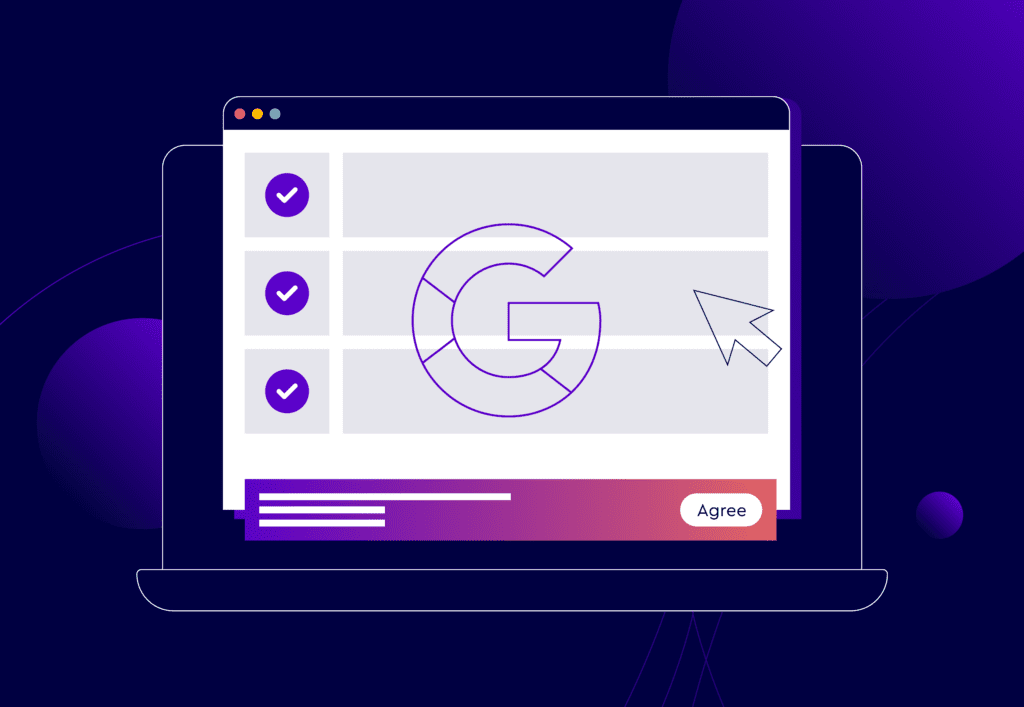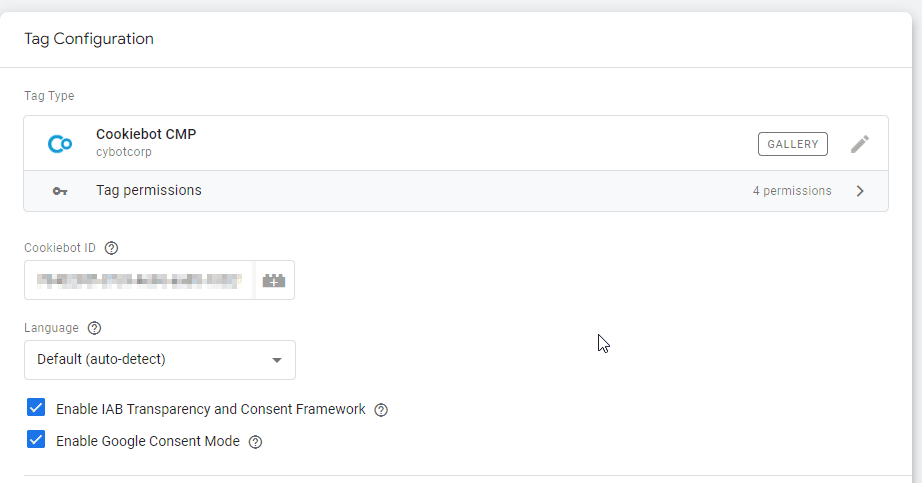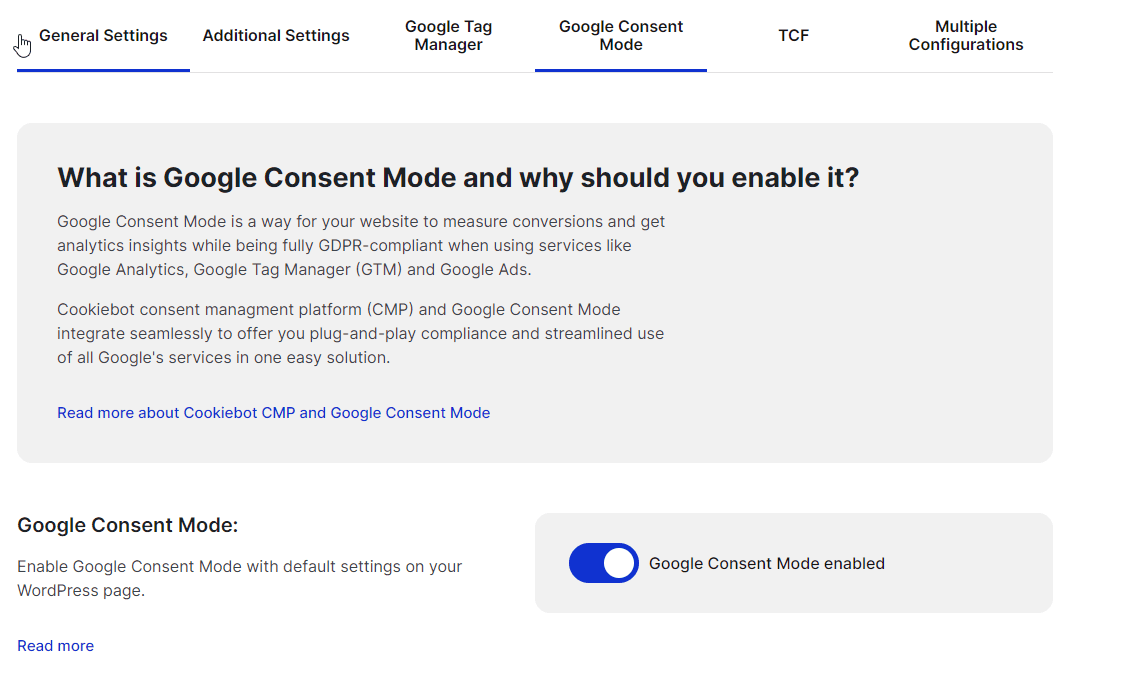Why Google Consent Mode v2 is Essential for Your Business

As the digital landscape continues to evolve, the importance of aligning your business with the latest data privacy regulations cannot be overstated. With the recent enforcement of the Digital Markets Act (DMA), Google has introduced an updated version of its Consent Mode—Google Consent Mode v2. At this juncture, ensuring that your digital marketing strategies comply with these changes is crucial. Let’s explore how enabling Google Consent Mode v2 can safeguard your business while maintaining your competitive edge in the market.
The Crucial Role of Google Consent Mode v2 for E-commerce and Advertising
For any business engaged in e-commerce or digital advertising, Google Consent Mode v2 is not just an option—it’s a necessity. In an environment where personalized advertising drives sales and customer engagement, the ability to collect and utilize user data in compliance with global privacy laws is critical. Without proper consent management, you risk limiting your ability to deliver targeted ads, which can lead to decreased ad performance and lower ROI. This is especially vital for e-commerce businesses that rely heavily on personalized marketing to convert browsers into buyers. By enabling Google Consent Mode v2, you ensure that your advertising efforts remain both effective and compliant, allowing you to continue to engage your audience with the right message at the right time, all while respecting their privacy choices.
What is Google Consent Mode, and Why Does It Matter?
Google Consent Mode is a powerful tool that harmonizes the need for data-driven marketing with the ever-growing demand for data privacy. Essentially, it allows your business to adjust how Google services, such as Analytics and Ads, collect user data based on the consent choices made by your website visitors. When a user opts in, full data collection is enabled, giving you comprehensive insights to drive your strategies. Conversely, when a user opts out, only anonymized, non-personally identifiable data is collected, ensuring you remain compliant without losing valuable information.
What’s New with Google Consent Mode v2?
The primary update in Google Consent Mode v2 includes the introduction of two new permissions: ad_personalization and ad_user_data. Both permissions are categorized under “marketing” cookies. For those using Cookiebot CMP, this means that your script will automatically relay the appropriate signals to Google Tag Manager once consent is given, streamlining the process and ensuring that your setup is both compliant and efficient.
Why You Need to Enable Google Consent Mode v2 Now
Starting in March 2024, it will be mandatory for any business utilizing Google services to demonstrate that they have obtained user consent before serving personalized ads. If Consent Mode v2 is not enabled, you will be limited to serving non-personalized ads on Google platforms, which could significantly impact your campaign performance and overall ROI.
Supported Google services include:
• Google Analytics
• Google Ads (Conversion Tracking and Remarketing)
• Google Tag Manager
• Gtag
• Floodlight
• Conversion linker
The Risks of Not Enabling Google Consent Mode v2
Failure to implement a compliant Consent Management Platform (CMP) that supports Google Consent Mode by the March 2024 deadline could result in your ads being restricted to non-personalized formats. This not only diminishes the effectiveness of your marketing campaigns but also puts your business at a competitive disadvantage in an increasingly personalized digital world.
How to Seamlessly Enable Google Consent Mode v2

Activating Google Consent Mode v2 on your website is straightforward, especially if you’re already leveraging solutions like Cookiebot CMP. Here’s how you can proceed:
• For Cookiebot CMP Users: The Cookiebot script will automatically handle consent signals to Google Tag Manager. Ensure that a default consent state is set to prevent any gaps in data collection.
• Google Tag Manager: Verify that Consent Mode is enabled and that your template is updated to the latest version.
• WordPress Plugin Users: Update your plugin and ensure Consent Mode is enabled.

• Direct Implementation: Follow our detailed guide to add or update the necessary scripts on your site.
Verifying Consent Mode v2 Implementation
Ensuring that Consent Mode v2 is correctly implemented is crucial for maintaining compliance. We recommend following a step-by-step guide to verify that your configuration is set up and functioning as intended.
Is Consent Mode Included in Your Cookiebot CMP Subscription?
Yes, Consent Mode is included in all tiers of Cookiebot subscriptions, including the free version. This makes it accessible for businesses of all sizes, ensuring that everyone can stay compliant without additional costs.
Choosing the Right Banner Template for Your Business
When enabling Consent Mode without TCF 2.2 integration, the standard banner template provided by Cookiebot is fully equipped to manage your consent needs right out of the box. This ensures a seamless experience for both your business and your users.
Basic vs. Advanced Consent Mode: Which is Right for You?
Google offers two levels of Consent Mode implementation—Basic and Advanced. The choice between them depends on your specific business needs:
• Basic Consent Mode: This option blocks Google tags until the user gives consent, ensuring no data is sent to Google prior to user interaction. Ideal for businesses prioritizing strict data privacy compliance.
• Advanced Consent Mode: This option allows Google tags to load regardless of user consent but adjusts their behavior based on the consent state. This approach is beneficial if minimizing disruptions to site functionality is a priority.
For more detailed guidance, refer to Google’s Consent Mode documentation.
Integrating Google Consent Mode with TCF
For businesses using TCF 2.2 alongside Google Consent Mode, an update allows for the integration of Consent Mode v2 settings directly into the TC string. However, to mitigate any potential issues with network loading times, we recommend implementing the Consent Mode script manually as a safeguard.
Conclusion
Enabling Google Consent Mode v2 is not just a compliance requirement—it’s a strategic move to ensure that your digital marketing efforts remain effective in a privacy-first world. By taking action now, you can continue to deliver personalized, data-driven marketing while respecting user consent and staying ahead of regulatory requirements.
If you’re ready to implement Google Consent Mode v2 or have any questions about how this update impacts your business, our team is here to guide you every step of the way. Let’s ensure your digital marketing strategies are both compliant and optimized for success.

